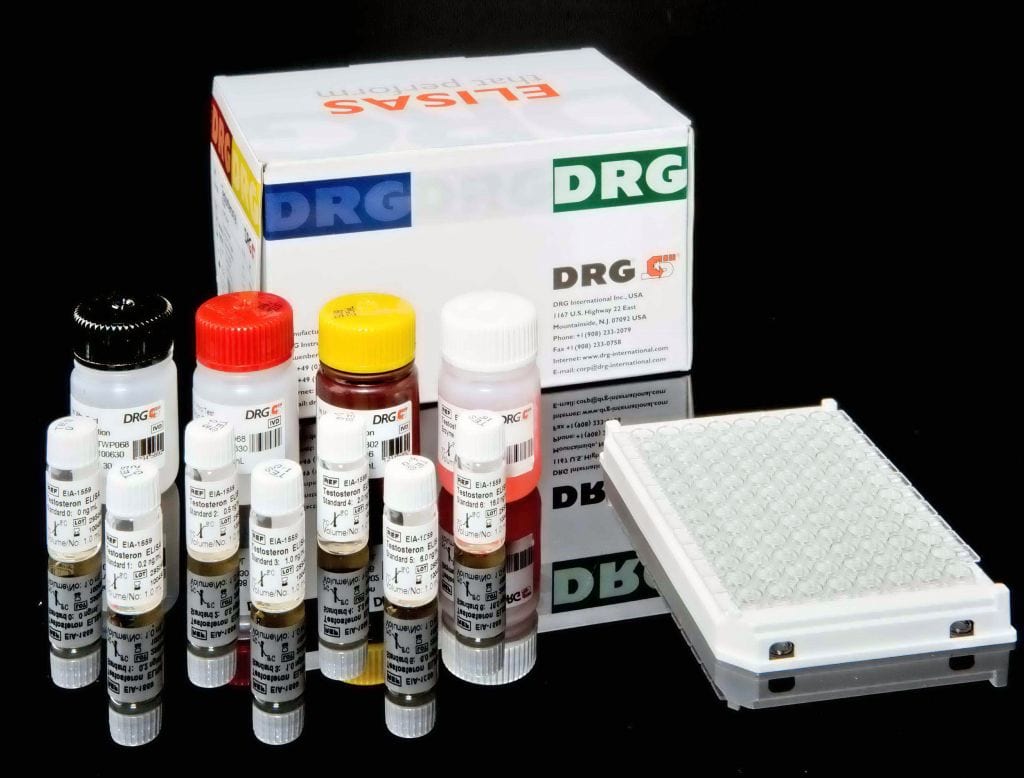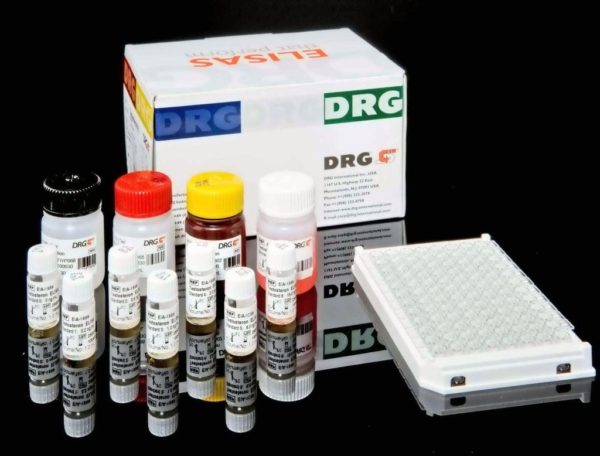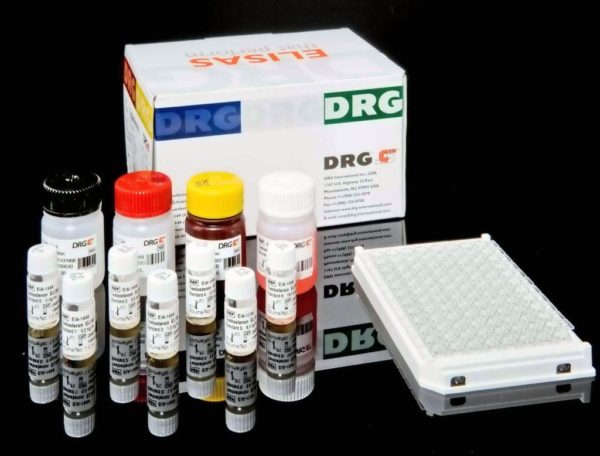Description
An enzyme immunoassay for the quantitative determination of free prostate specific antigen (f-PSA) in serum.
Human Prostate Specific Antigen (PSA) is a 33 kD serine proteinase which, in human serum, is predominantly bound to alpha 1-antichymotrypsin (PSA-ACT) and alpha 2-macroglobulin (PSA-AMG). Trace amounts of alpha 1_antitrypsin and inter-alpha trypsin inhibitor bound to PSA can also be found. Any remaining PSA is in the free form
(f-PSA).1-3 Current methods of screening men for prostate cancer utilize the detection of the major PSA-ACT form. Levels of 4.0 ng/mL or higher are strong indicators of the possibility of prostatic cancer.4 However, elevated serum PSA levels have also been attributed to benign prostatic hyperplasia and prostatitis, leading to a large percentage of false positive screening results.5 A potential solution to this problem involves the determination of free PSA levels.6-17 Preliminary studies have suggested that the percentage of free PSA is lower in patients with prostate cancer than those with benign prostatic hyperplasia.2 Thus, the measurement of free serum PSA in conjunction with total PSA, can improve specificity of prostate cancer screening in selected men with elevated total serum PSA levels, which would subsequently reduce unnecessary prostate biopsies with minimal effects on
cancer detection rates.6The f-PSA ELISA test is a solid phase two-site immunoassay. An anti-f-PSA monoclonal antibody is coated on the surface of the microtiter wells and a goat anti-PSA antibody labeled with horseradish peroxidase is used as the tracer. The f-PSA molecules present in the standard solution or sera are “sandwiched” between the two antibodies. Following the formation of the coated antibody-antigen- antibody-enzyme complex, the unbound antibody-enzyme tracers are removed by washing. The horseradish peroxidase activity bound in the wells is then assayed by a colorimetric reaction. The intensity of the color formed is proportional to the concentration of f-PSA present in the sample.




